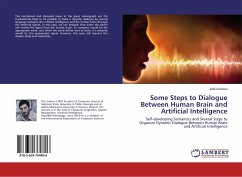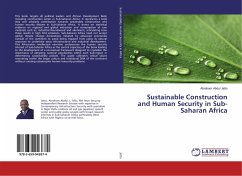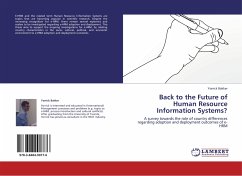Vegetation of manor parks is as a 'copy' of anthropic and natural influences. During the last centuries it was shaping by human and environment. Native plant species are characteristic for manor parks. They are also as "a symbol" of natural habitat. In disturbanced landscape country parks are called relicts of the past in natural aspects (Rylke 1987) and they are often the last places with rare plant species (Sikorski and Wysocki 2003, Fabianska 2004, Fornal-Pieniak and Wysocki 2006, 2007, 2009). Moreover manor parks as "green islands" (Fornal-Pieniak and Wysocki 2007) have main role as important elements of green corridors on nonforestry agricultural landscape.
Bitte wählen Sie Ihr Anliegen aus.
Rechnungen
Retourenschein anfordern
Bestellstatus
Storno








